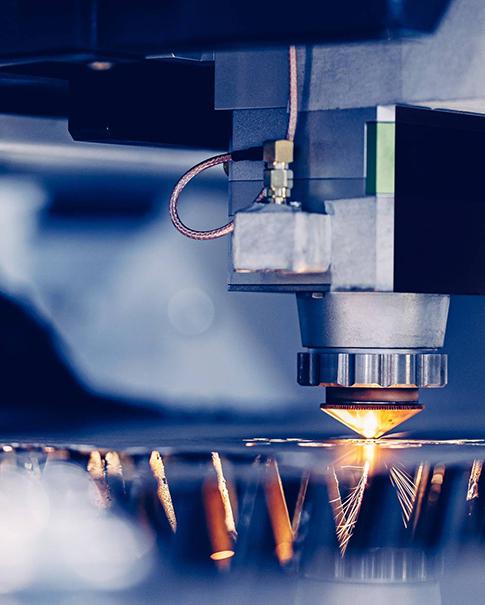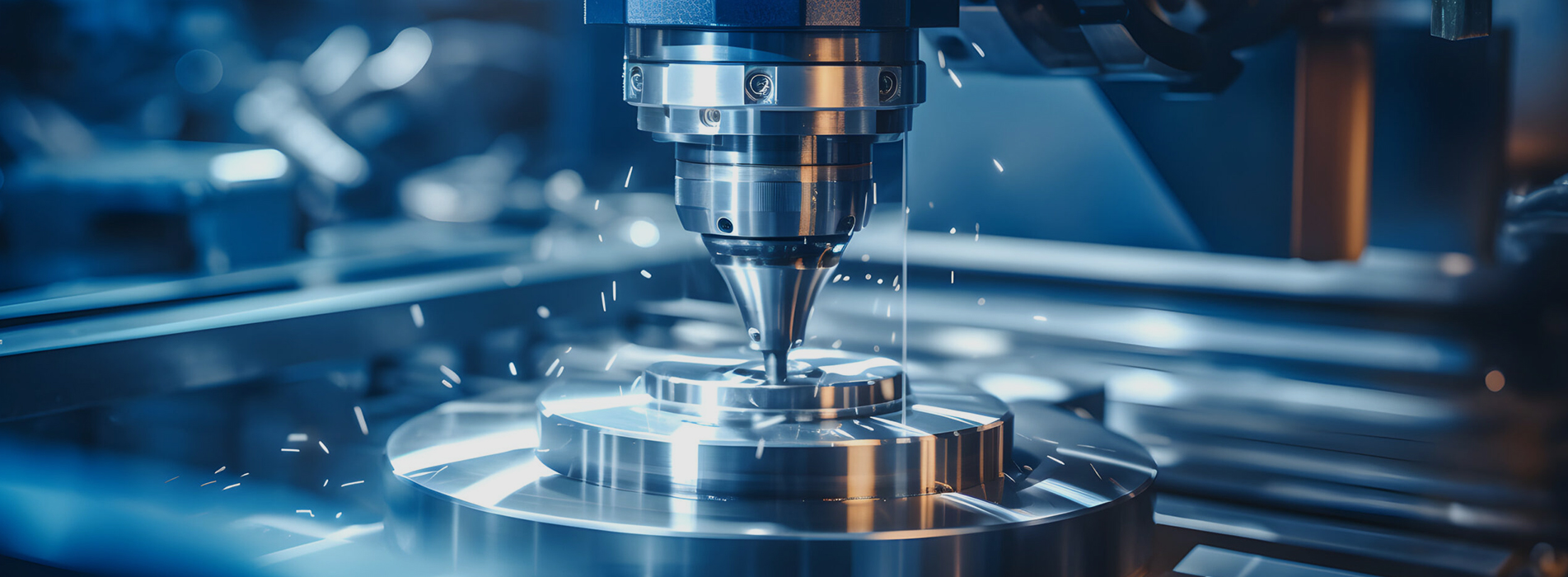Precision Requirements for Custom Turning Parts
Feb 19, 2025
Machining Commonly Used Materials & Surface Treatment
Different precision parts can use different materials according to the design requirements of the product. We can process various materials and surface treatments to meet customer requirements. Common materials and surface treatments are as follows:
Common materials & Surface treatment
Common Materials
Steel Part
20#, Q235, 45#, A2, D2, 16MnCr5, 30CrMo, 38CrMo, 40CrNiMo3, S50C, 65Mn, SCM415, 40Cr, Cr8
Cr12, SKD61, DC53, 12L14, Y12pb, Y15, Y35, Y40Mn, S5, T10, S355, 16MnCr5
6150, SCM435, St37, 410, 416, 420, 430, 4140, 4130, 240N, Stell, SKS3, 38CrMOAl, 20CrNiMo
P20, SUJ2, SK3, 15CrMo, 20CrMo, 35CrMo, GS2316, CD650, ASP-23O1, A6, XW-5, XW-10, XW-41
C1065, NAK55, NAK80, HPM1, HPM77, HPM75, 718H, 738H, DF-3, etc.
Aluminum Part
LY12, 2A12, A2017, AL2024, AL3003, AL5052, AL5083, AL6061, AL6063, AL6082, AL7075, YH52
YH75, MIC-6, etc.
Stainless Steel Part
SUS201, SUS321, SUS301, SUS303, SUS304, SUS304L, S136, S136H, , SUS316, SUS316L, SUS316Ti
SUS321, SUS420, 17-4ph, 430F, X90CrMoV18, 9Cr18MoV, SUS440, etc.
Copper Part
T2, TU1/2, TP1/2, , Brass, Copper, Bronze, CuZn38Sn1, CuZn39Pb3, CuSn12, CuSn8P, C-360
CuSn7ZnPb, CuZn38Pb2, C36000, C1100, C1011, C1020, C1201, C1220, C2800, C3602, HPb59-1
HPb61-1, QSn7-02, C-954/514QAI 10-4-4, AMPCOM4, H59, H62, CuZN30, CuSn37, etc.
Copper Part
PEEK, PEEK1000, POM, TEFLON, PTFE, PET, UHMW-PE, HMW-PE, PEI, PI, PP, PVC, PC, PMM, APS, PU
FR4, DELRIN, DELRIN AFUPE, PE, UPE, EKH-SS09, MC501CDR6, PPO, NBR, PA6, PA66, FR4, PA-MC
PA66+30%GF, PBT, PET, PET+30%GF, PC, PC+30%GF, Nylon, ABS, ESD225/420/520, etc.
Surface treatment
Clear Anodize, Black Anodize, Hardness Anodize, Blue/Red Anodize, Chromate Plating, QPQ
Electroless Nickel/Nine/Chromium Plate, Black Oxide, Silver\Golden plating, Sanded, DLC
Orbital Sanded, Passivated, TIN PlatingTungsten Carbide Coating, Polyurethae coating, etc.
Accuracy
can generally meet the requirements
Machining Accuracy
±0.002mm
(√)
±0.002mm
⁄
±0.002mm
◎
±0.002mm
⊥
±0.002mm
–
±0.002mm
ο
±0.002mm















 SUBSCRIBE TO OUR NEWSLETTER
SUBSCRIBE TO OUR NEWSLETTER






